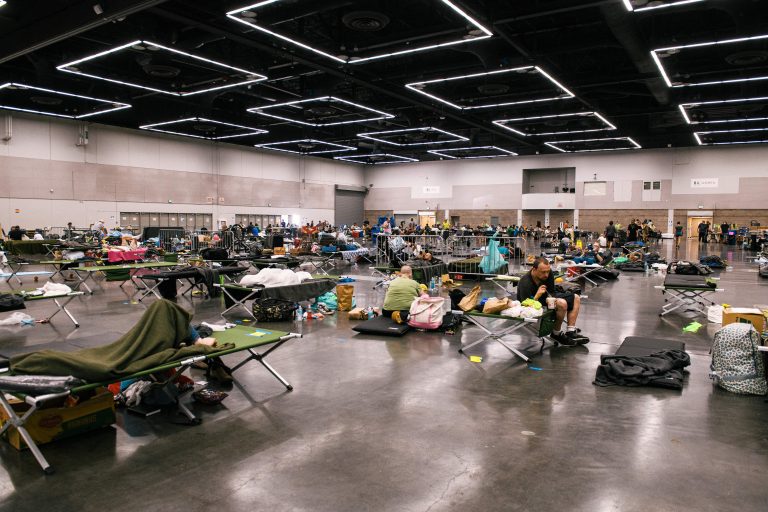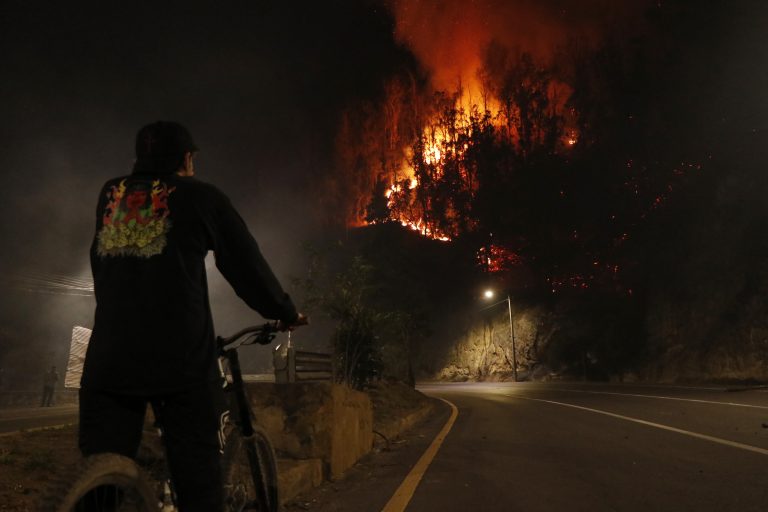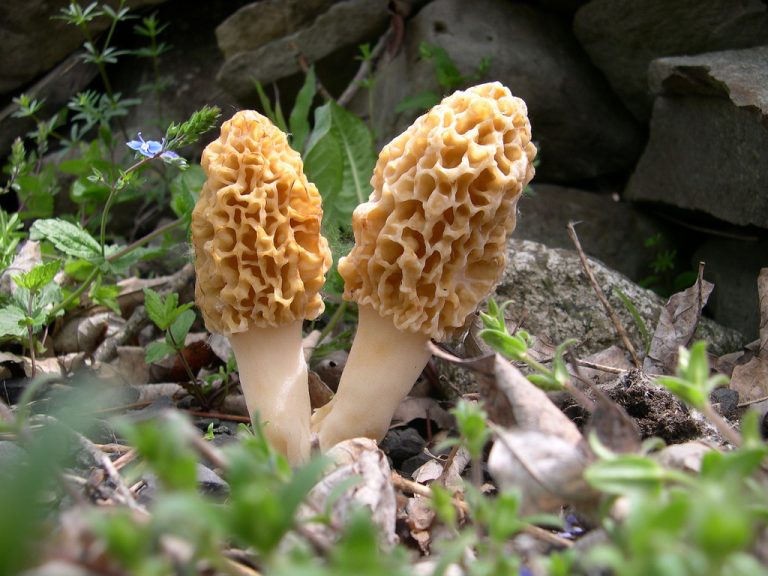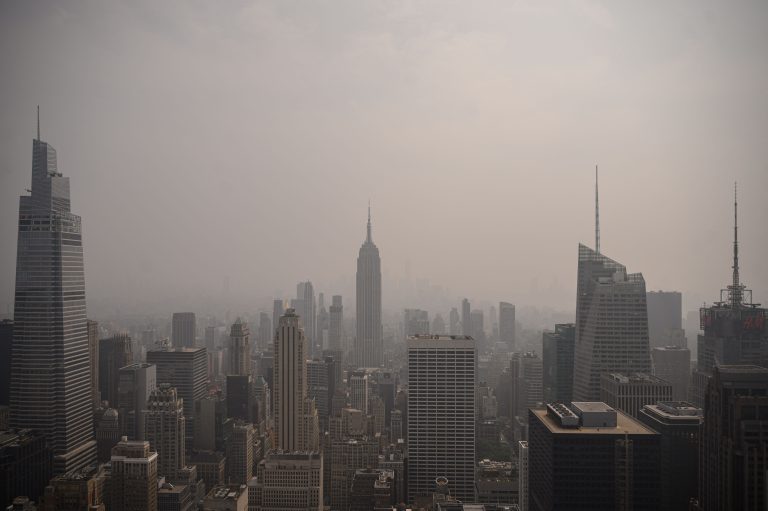Scores dead in the Rose City as demand for water and cooling ramps up across US
As of press time, more than 60 people have died in the heatwave that broke Portland’s all-time record over the weekend of June 26–27, before peaking at 116 degrees on Monday the 28th.
The unprecedented heat (the previous high was 107 degrees recorded at Portland International Airport in 1981) came as 61 percent of the U.S. was experiencing some degree of drought, affecting 92 million people in the week of June 16–22.
Many of those who died of hyperthermia were caught in the scorching conditions with air conditioning or fans; the deceased were between the ages of 44 and 97. One hundred thirty-one people visited the hospital for emergency care related to the heat, according to the Daily Beast.

The extreme weather comes from a “heat dome” that enveloped the Pacific Northwest saw 100-degree-plus temperatures in other parts of Oregon and in Washington; a village in British Columbia registered 121 degrees — the highest temperature ever recorded in Canadian history.
Success
You are now signed up for our newsletter
Success
Check your email to complete sign up
Thirty-one states experienced moderate drought or worse, according to data published by the National Integrated Drought Information System (NIDIS). Meanwhile, close to 40 percent of the nation’s crops are in drought zones, particularly America’s Californian breadbasket.
The night of June 28–29 broke another record in Portland as the 116-degree temperature dropped 52 degrees to 64 degrees; the previous record was a 48-degree change in September 1988.
Multnomah County set up three cooling centers serving hundreds of people, according to Jenny Carver with the county’s Department of Services. The centers offer cold water, meals, and a place to sleep “for those who need it,” she told AFP.
National concern
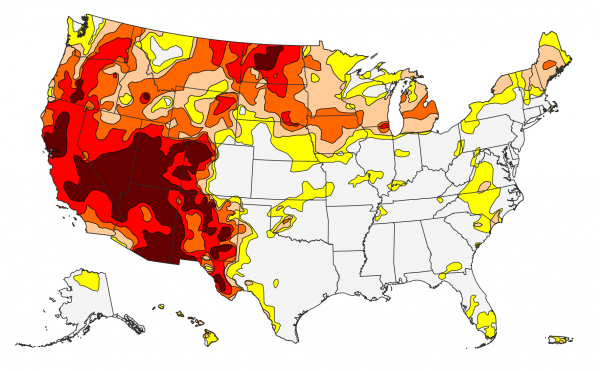
Contrasting with the scores dead this summer, a total of just 12 people had died of heat-related symptoms in Oregon between 2017 and 2019. Even more succumbed to the heat in Washington in British Columbia, with coroners in the Canadian province registering more than 233 deaths.
Drought conditions in the western U.S. have persisted for months, drying up lakes and causing water shortages for millions in states such as California, Utah, and Nevada.
While drought is a way of life in California, this year’s conditions are forcing authorities to take drastic action.

Lake Oroville, located approximately 120 miles north of Sacramento, helps water a quarter of the nation’s crops, protects endangered salmon and is an anchor for the tourism economy of Northern California. The lake however is evaporating at a surprising speed leading officials to predict that it will reach a record low later this summer.
Should Lake Oroville fall below 640 feet — which is predicted to occur this August or September if conditions persist — it would force state officials to shut down a major power plant in the area, for the first time ever, due to low water levels further straining an already stressed electrical grid.
Jay Lund, co-director of the Center for Watershed Sciences at the University of California-Davis told Fox2 KTVU that the state’s approximately 1,500 reservoirs are fifty percent lower than they should be this time of year.
In Utah, dry conditions have inspired Governor Spencer J. Cox to ask residents for prayers. He also signed three executive orders employing water restrictions, the most recent being enacted on June 8 restricting water use at state facilities.
“All indicators show this could be the worst drought year on record,” Gov. Cox said. “Utah state government is leading the way by cutting back on water use at all state facilities, but all of us — from private businesses to local governments to individuals — need to conserve water now more than ever.”
Governor Steve Sisolak of Nevada has outlawed around thirty-one percent of the categories of grass found in the Las Vegas area.
“It’s incumbent upon us for the next generation to be more conscious of conservation and our natural resources — water being particularly important,” he said.
The ban targets what authorities are calling “non-functional turf.”
The non-functional turf ban applies to grass that is rarely used, such as at office parks, along street medians and at entrances of housing developments. The ban, which is to take effect in 2027, excludes single-family homes, parks and golf courses.
Stronger droughts expected in coming years
The Western U.S. is no stranger to droughts, but what is unusual about this year’s dry season is that it has lasted longer than any since 2012–2013, according to a report by Statistica. While the percentage of the continental U.S. experiencing drought conditions has risen to more than 60 percent before, “it rarely stayed there for so long. During the drought of 2018, it exceeded the threshold for only five weeks,” the report, by Katharina Buchholz, reads.
“The last time a major drought in the U.S. lasted for so long was between April 2012 and May 2013, when droughts affected more than 60 percent of the United States’ area for 60 weeks in a row and expanded to around 80 percent momentarily.”
Even in that drought, areas affected by “exceptional drought” never went beyond 7 percent; however, starting in late 2020, more than 8 percent of the country has been in exceptional drought for 31 weeks on end, with the percentage now approaching 10.
“These extreme weather events are expected to become more frequent and severe due to climate change. Scientists have connected the recurring drought in the Western U.S. to a changing climate, for example citing heatwaves that start earlier in the year and have become longer as well as stronger,” Buchholz wrote.
“Climate scientists predict that such unprecedented heatwaves will not remain extraordinary for long,” the Daily Beast reports. “Increased cyclonic activity over oceans, caused by climate change warming the water’s temperatures, leads to more high-pressure systems along the coasts, as is currently happening near the Pacific Northwest.”
Todd Crawford contributed to this report. Two misspellings in the Statistica report quoted in this article have been corrected.



